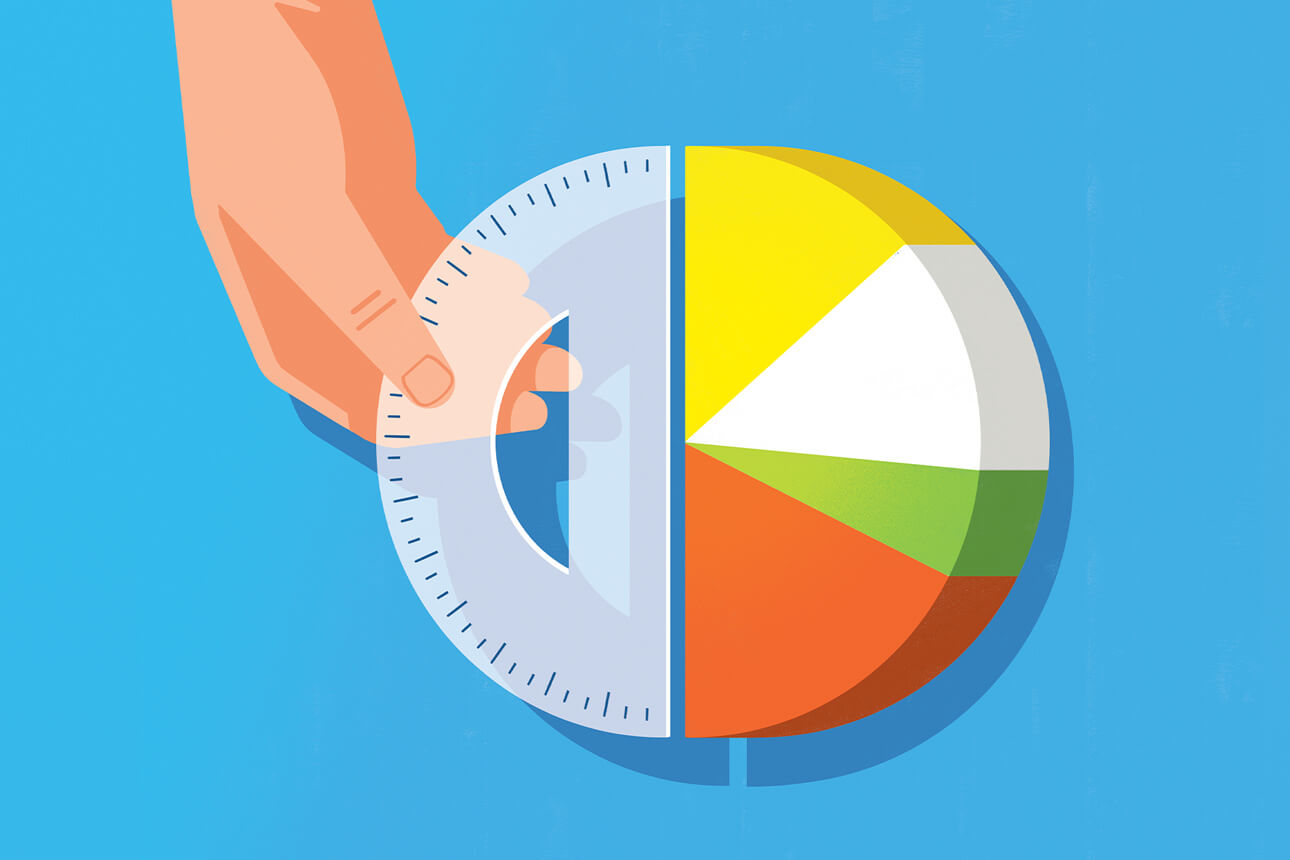A New Method for Assessing Circular Business Cases
Conventional business analysis overlooks the costs and new revenue sources found in circular approaches.
Topics

Chris Gash/theispot.com
Circular business models offer multiple opportunities for businesses to capture value while using resources more sustainably. Because circular models are more complex than conventional, linear models, assessing their potential returns requires a new approach to financial analysis that covers additional costs and revenue opportunities across the product life cycle. The financial analysis approach outlined here considers potential profitability, risk, and long-term financial performance.
The circular economy is a key enabler for businesses to achieve sustainability targets. However, traditional financial analysis models can be inadequate for evaluating circular business models. While circularity helps reduce waste, recover materials, and extend product lifespans, it also fundamentally changes how value is created and measured. Yet, most financial models remain rooted in linear assumptions — where profitability is assessed through onetime product sales and predictable cost structures.
This misalignment creates significant risks. Circular businesses generate revenue across multiple life cycles — through leasing, refurbishment, resale, and material recovery — but linear analysis overlooks these ongoing value streams. Additionally, cash-flow timing, revenue recognition, and asset management complexities must be restructured to ensure financial viability. These analytical gaps can lead to undervaluing circular investments, misjudging payback periods, and deterring financially viable circular strategies.
To make circular business models financially competitive, executives need new approaches to financial analysis — ones that capture multi-life-cycle revenue, asset utilization, and residual material value. This article introduces practical financial considerations tailored for circular models in order to equip leaders with rigorous methods to assess profitability, risk, and long-term financial performance.
Why Circular Models Defy Conventional Analyses
While circularity is often seen as a sustainability lever, its commercial potential and financial implications are just as significant. Unlike linear models, where financial analysis ends with a single transaction, circular business models generate value across multiple life cycles, requiring a fundamental shift in how profitability is measured. (See “How Revenues and Costs Differ for Direct and Circular Business Models.”) This shift introduces several unique financial challenges:
- Higher product and infrastructure costs hitting the bottom line. Designing for circularity — such as using durable and recyclable materials or considering modularity and disassembly — raises cost of goods sold (COGS). While innovation can bring costs down, the need for higher-quality materials or complex manufacturing processes would inevitably be costlier compared with linear equivalents. Likewise, establishing reverse logistics systems for tracking, recovering, and processing used products demands significant capital. For example, while reusing toner bottles has saved Ricoh money compared with paying for virgin bottles, the process of recovering bottles after use accounted for over 60% of their cost as of 2022.1
- Revenue cannibalization threatening top-line growth. Extending product lifespans means that customers might purchase fewer new products.
References
1. “Case Study: Ricoh,” UKRI National Interdisciplinary Circular Economy Research Hub, 2022, https://ce-hub.org.
2. B. Edgerton, C. Van Brunschot, and S. Kuiper, “Circular Transition Indicators v4.0: Metrics for Business, by Business,” PDF file (Geneva: World Business Council for Sustainable Development, May 2023), www.wbcsd.org.
3. “Desko — Office Desks,” PDF file (Aylesbury, U.K.: European Remanufacturing Network, n.d.), www.remanufacturing.eu.
4. “Design and Business Model for Heavy Machinery Remanufacturing: Caterpillar,” Ellen MacArthur Foundation, Aug. 23, 2021, www.ellenmacarthurfoundation.org.
5. W. Wu, B. Lin, C. Xie, et al., “Does Energy Storage Provide a Profitable Second Life for Electric Vehicle Batteries?” Energy Economics 92 (October 2020), https://doi.org/10.1016/j.eneco.2020.105010.
6. P. Hypscher, host, PaaS Decoded, podcast, episode 13, “Royal Ahrend — From a Separated Startup to an Integrated Business,” Circularity.Fm, Nov. 19, 2024, https://circularity.fm.
7. “Data Is King: How Swapfiets Uses Data for (Your) Good,” Swapfiets, accessed March 31, 2025, https://sustainability.swapfiets.com.
8. A. Das, J. Konietzko, and N. Bocken, “How Do Companies Measure and Forecast Environmental Impacts When Experimenting With Circular Business Models?” Sustainable Production and Consumption 29 (January 2022): 273-285, https://doi.org/10.1016/j.spc.2021.10.009; and B. Hildebrandt, A. Hanelt, and S. Firk, “Sharing Yet Caring: Mitigating Moral Hazard in Access-Based Consumption Through IS-Enabled Value Co-Capturing With Consumers,” Business & Information Systems Engineering 60, no. 3 (June 2018): 227-241, https://doi.org/10.1007/s12599-018-0532-6.
9. “Design and Business Model for Heavy Machinery Remanufacturing”; and “Hitachi Construction Machinery Europe — Pumps,” PDF file (Aylesbury, U.K.: European Remanufacturing Network, n.d.), www.remanufacturing.eu.
10. See the subsection “Nitesh Magdani: Design for Deconstruction,” in B. Kiser, “Circular Economy: Getting the Circulation Going,” Nature 531, no. 7596 (March 2016): 443-446, https://doi.org/10.1038/531443a.
11. “Bringing Office Furniture Full Circle: Ahrend,” Ellen MacArthur Foundation, June 17, 2021, www.ellenmacarthurfoundation.org.


Comments are closed.